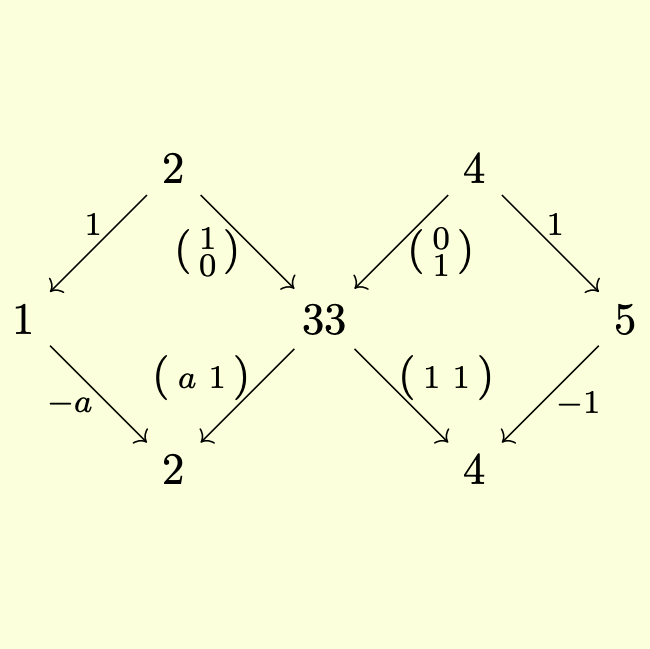publications
publications listed in reversed chronological order.
2025
-
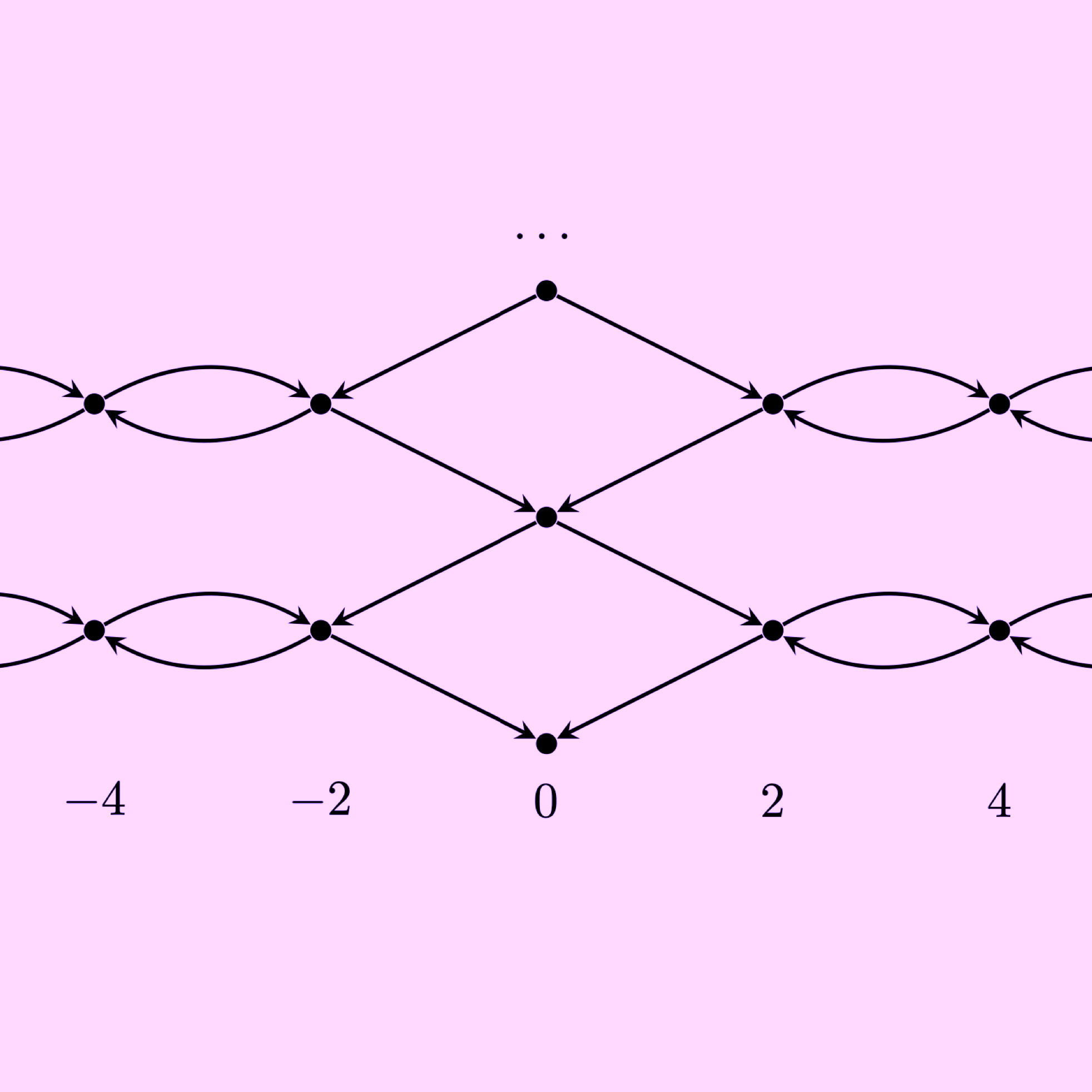 Weight modules and gluing of sheaves on the flag varietyPablo Boixeda Alvarez, and Calder Morton-FergusonSep 2025
Weight modules and gluing of sheaves on the flag varietyPablo Boixeda Alvarez, and Calder Morton-FergusonSep 2025We study a natural enlargement of the BGG Category O for a semisimple Lie algebra: the category of weight modules with trivial central character and finite-dimensional weight spaces supported on the root lattice. We give a geometric realization of this category as unipotently monodromic sheaves on the flag variety satisfying a singular support condition. We then explain that a derived version D of this category is Koszul dual to the Kazhdan–Laumon Category O, a different enlargement of the BGG Category O obtained from a gluing construction for sheaves on the flag variety. This characterizes D as the category of algebras over a natural monad on a direct sum of copies of the derived Category O. These results give new interpretations of certain classical algebraic constructions of weight modules over semisimple Lie algebras due to Fernando and Mathieu. We also conjecture that our results fit naturally into a proposed Koszul duality relating the small quantum group and the semi-infinite flag variety to the geometry of affine Springer fibers.
-
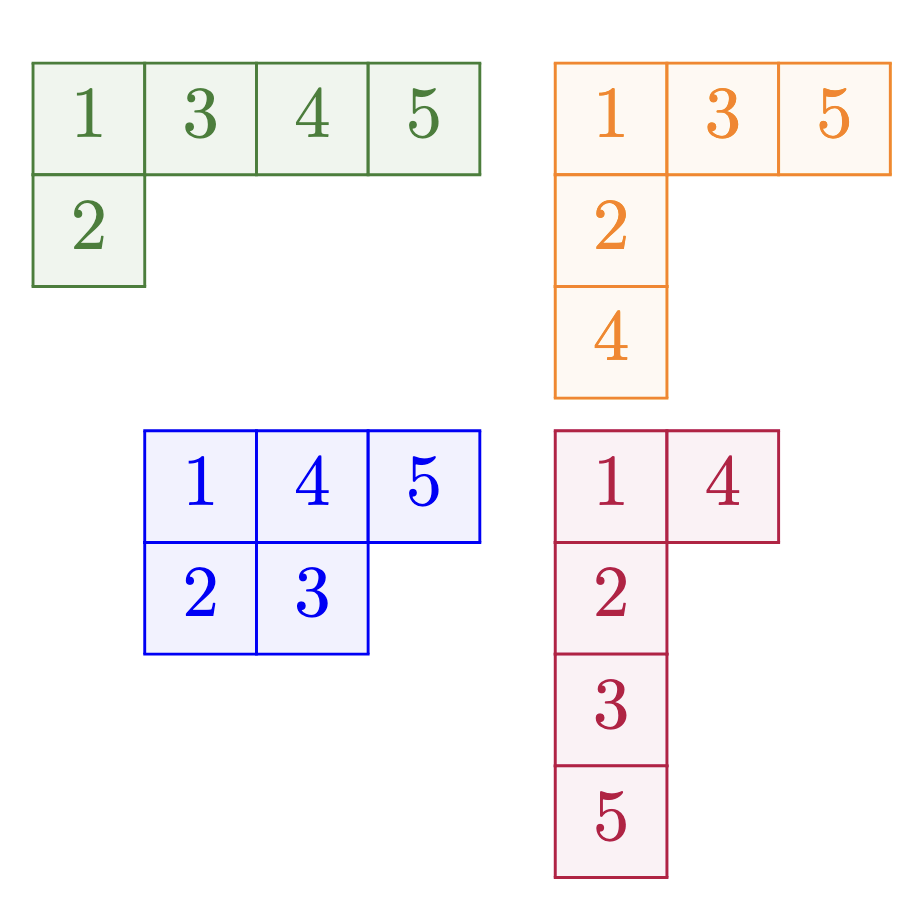 Markov chains on Weyl groups from the geometry of the flag varietyPersi Diaconis, and Calder Morton-FergusonSep 2025
Markov chains on Weyl groups from the geometry of the flag varietyPersi Diaconis, and Calder Morton-FergusonSep 2025This paper studies a basic Markov chain, the Burnside process, on the space of flags G/B with G=GL_n(F_q) and B its upper triangular matrices. This gives rise to a shuffling: a Markov chain on the symmetric group realized via the Bruhat decomposition. Actually running and describing this Markov chain requires understanding Springer fibers and the Steinberg variety. The main results give a practical algorithm for all n and q and determine the limiting behavior of the chain when q is large. In describing this behavior, we find interesting connections to the combinatorics of the Robinson-Schensted correspondence and to the geometry of orbital varieties. The construction and description is then carried over to finite Chevalley groups of arbitrary type, describing a new class of Markov chains on Weyl groups.
-
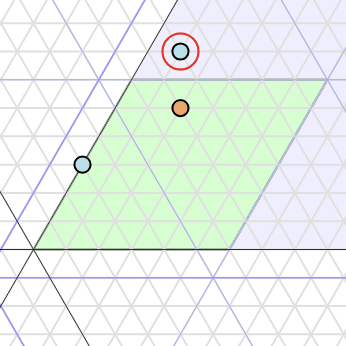 Modular reduction of complex representations of finite reductive groupsRoman Bezrukavnikov, Michael Finkelberg, David Kazhdan, and Calder Morton-FergusonFeb 2025
Modular reduction of complex representations of finite reductive groupsRoman Bezrukavnikov, Michael Finkelberg, David Kazhdan, and Calder Morton-FergusonFeb 2025Given a complex representation of a finite group, Brauer and Nesbitt defined in 1941 its reduction mod p, obtaining a representation over the algebraic closure of 𝔽_p. In 2021, Lusztig studied the characters obtained by reducing mod p an irreducible unipotent representation of a finite reductive group over 𝔽_p. He gave a conjectural formula for this character as a linear combination of terms which had no explicit definition and were only known in some small-rank examples. In this paper we provide an explicit formula for these terms and prove Lusztig’s conjecture, giving a formula for the reduction mod p of any unipotent representation of G(𝔽_q) for q a power of p. We also propose a conjecture linking this construction to the full exceptional collection in the derived category of coherent sheaves on a partial flag variety constructed recently by Samokhin and van der Kallen.
-
 Polishchuk’s conjecture and Kazhdan-Laumon representationsCalder Morton-FergusonCompositio Mathematica, Aug 2025
Polishchuk’s conjecture and Kazhdan-Laumon representationsCalder Morton-FergusonCompositio Mathematica, Aug 2025In their 1988 paper "Gluing of perverse sheaves and discrete series representations," D. Kazhdan and G. Laumon constructed an abelian category A associated to a reductive group G over a finite field with the aim of using it to construct discrete series representations of the finite Chevalley group G(F_q). The well-definedness of their construction depended on their conjecture that this category has finite cohomological dimension. This was disproven by R. Bezrukavnikov and A. Polishchuk in 2001, who found a counterexample in the case G = SL_3. In the same paper, Polishchuk then made an alternative conjecture: though this counterexample shows that the Grothendieck group K_0(A)$ is not spanned by objects of finite projective dimension, he noted that a graded version of K_0(A) can be thought of as a module over Laurent polynomials and conjectured that a certain localization of this module is generated by objects of finite projective dimension, and suggested that this conjecture could lead toward a proof that Kazhdan and Laumon’s construction is well-defined. He proved this conjecture in Types A_1, A_2, A_3, and B_2. In the present paper, we prove Polishchuk’s conjecture in full generality, and go on to prove that Kazhdan and Laumon’s construction is indeed well-defined, giving a new geometric construction of discrete series representations of G(F_q).
-
 Kazhdan-Laumon category O, Braverman-Kazhdan Schwartz space, and the semi-infinite flag varietyCalder Morton-FergusonRepresent. Theory, Feb 2025
Kazhdan-Laumon category O, Braverman-Kazhdan Schwartz space, and the semi-infinite flag varietyCalder Morton-FergusonRepresent. Theory, Feb 2025We define and study an analogue of Category O in the context of Kazhdan and Laumon’s gluing construction for perverse sheaves on the basic affine space. We explicitly describe the simple objects in this category, and we show its linearized Grothendieck group is isomorphic to a natural submodule of Lusztig’s periodic Hecke module. We then provide a categorification of these results by showing that the Kazhdan-Laumon Category O is equivalent to a full subcategory of a suitably-defined category of perverse sheaves on the semi-infinite flag variety.
2024
-
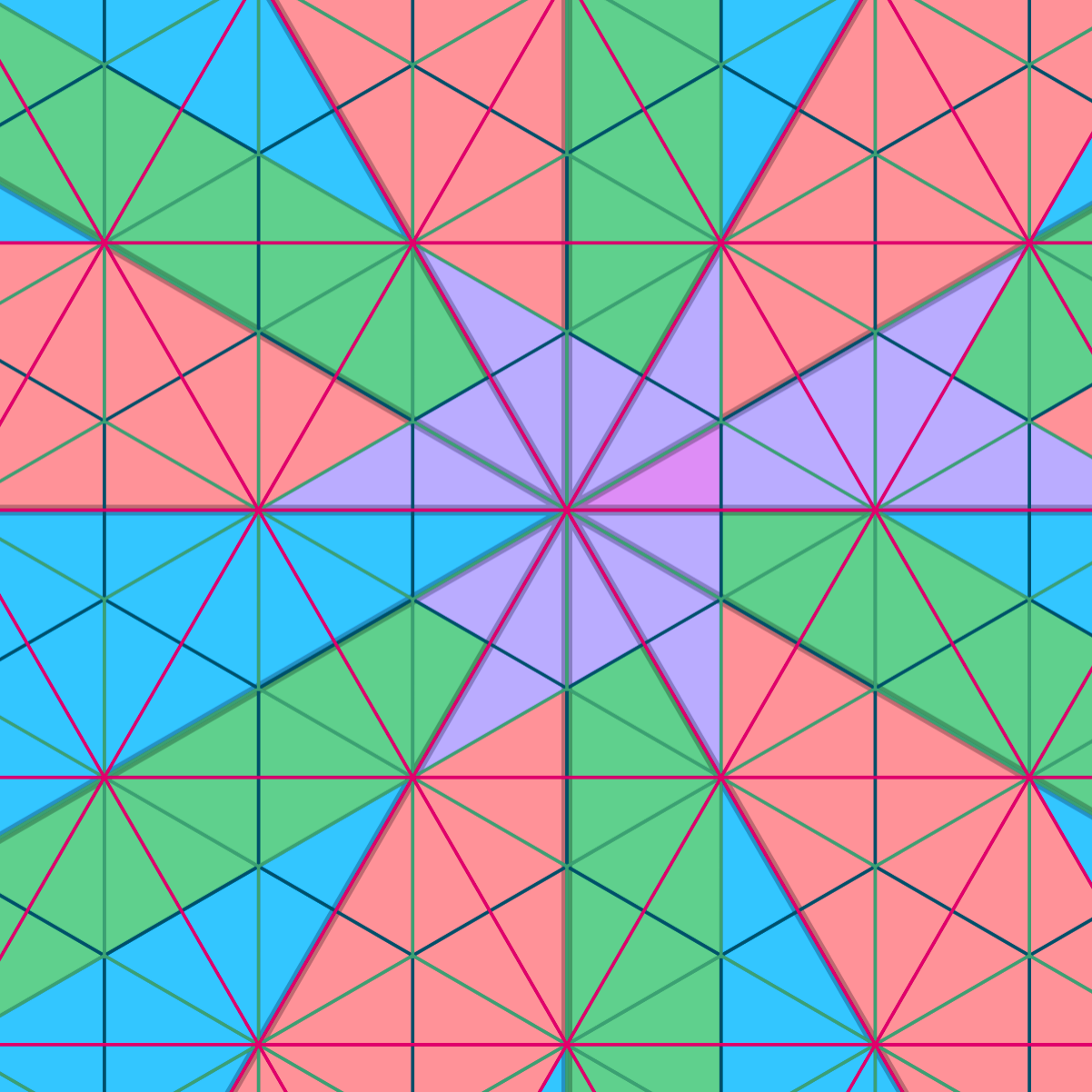 Perverse sheaves and t-structures on the thin and thick affine flag varietiesRoman Bezrukavnikov, and Calder Morton-FergusonSep 2024
Perverse sheaves and t-structures on the thin and thick affine flag varietiesRoman Bezrukavnikov, and Calder Morton-FergusonSep 2024We study the categories of Iwahori-equivariant perverse sheaves on the thin and thick affine flag varieties associated to a split reductive group G. An earlier work of the first author describes perverse sheaves on the thin flag variety in terms of bimodules over the so-called non-commutative Springer resolution. We partly extend this result to the thick flag variety, providing a similar description for its anti-spherical quotient. The long intertwining functor realizes sheaves on the thick flag variety as the Ringel dual of the category of sheaves on the thick flag variety, we point out that it shares some exactness properties with the similar functor acting on perverse sheaves on the finite-dimensional flag variety. We use this result to resolve a conjecture of Arkhipov and the first author, proving that the image in the Iwahori-Whittaker category of any convolution-exact perverse sheaf on the affine flag variety is tilting.
-
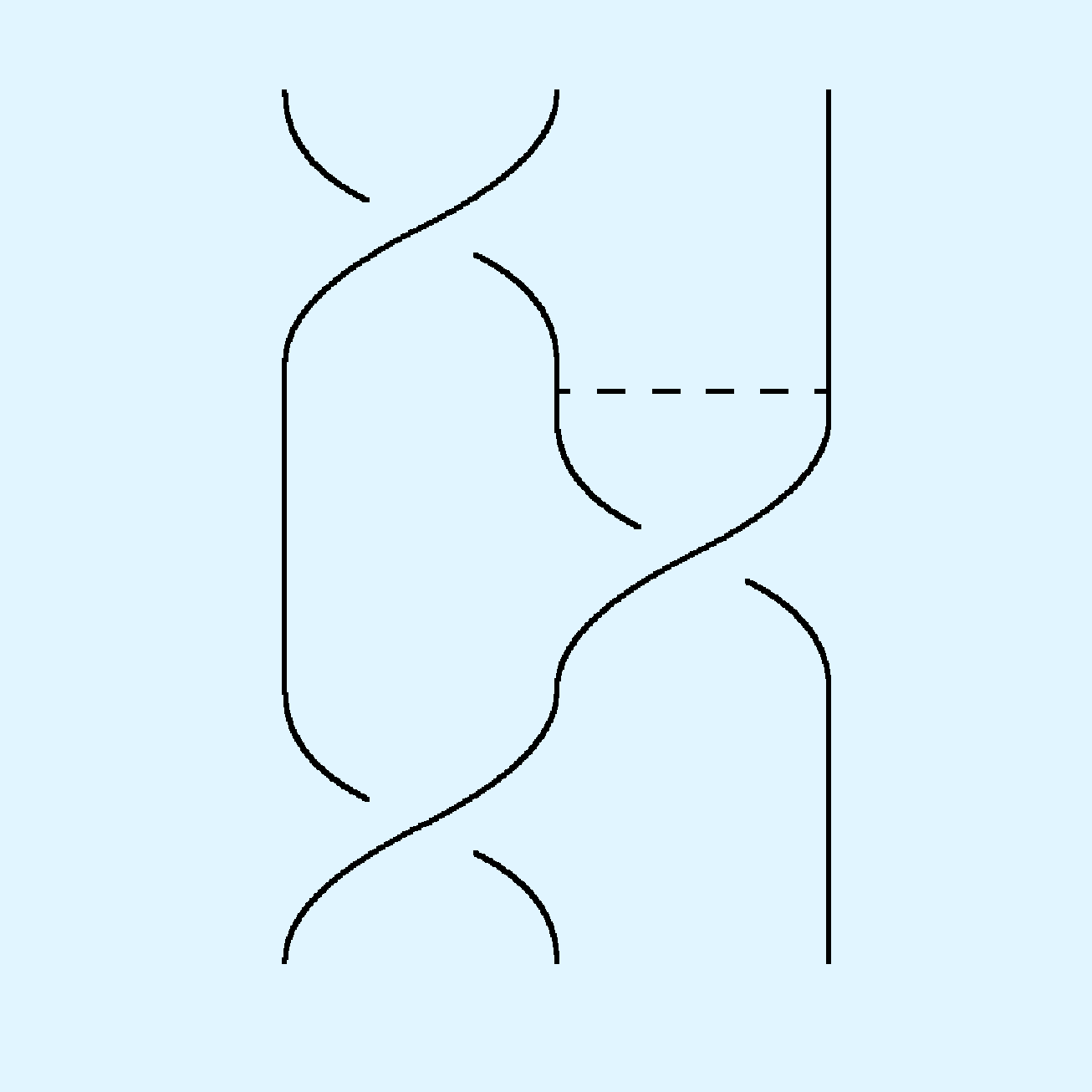 Symplectic Fourier–Deligne Transforms on G/U and the Algebra of Braids and TiesCalder Morton-FergusonInternational Mathematics Research Notices, Apr 2024
Symplectic Fourier–Deligne Transforms on G/U and the Algebra of Braids and TiesCalder Morton-FergusonInternational Mathematics Research Notices, Apr 2024We explicitly identify the algebra generated by symplectic Fourier–Deligne transforms (i.e., convolution with Kazhdan–Laumon sheaves) acting on the Grothendieck group of perverse sheaves on the basic affine space G/U, answering a question originally raised by A. Polishchuk. We show it is isomorphic to a distinguished subalgebra, studied by I. Marin, of the generalized algebra of braids and ties (defined in Type A by F. Aicardi and J. Juyumaya and generalized to all types by Marin), providing a connection between geometric representation theory and an algebra defined in the context of knot theory. Our geometric interpretation of this algebra entails some algebraic consequences: we obtain a short and type-independent geometric proof of the braid relations for Juyumaya’s generators of the Yokonuma–Hecke algebra (previously proved case-by-case in types A, D, E by Juyumaya and separately for types B, C, F4, G2 by Juyumaya and S. S. Kannan), a natural candidate for an analogue of a Kazhdan–Lusztig basis, and finally an explicit formula for the dimension of Marin’s algebra in Type A_n (previously only known for n < 5).
-
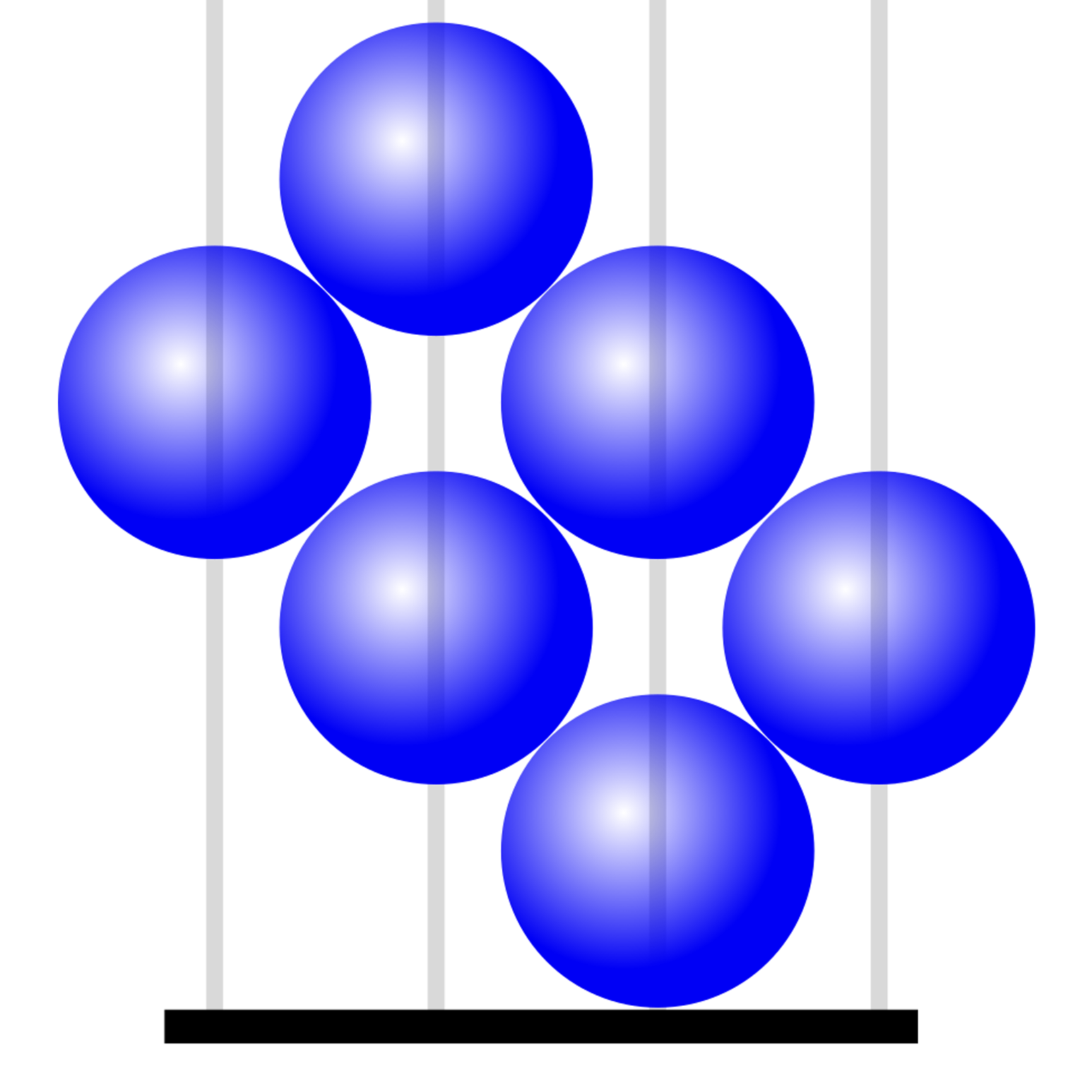 Heaps, crystals, and preprojective algebra modulesAnne Dranowski, Balázs Elek, Joel Kamnitzer, and Calder Morton-FergusonSelecta Mathematica, Oct 2024
Heaps, crystals, and preprojective algebra modulesAnne Dranowski, Balázs Elek, Joel Kamnitzer, and Calder Morton-FergusonSelecta Mathematica, Oct 2024Fix a simply-laced semisimple Lie algebra. We study the crystal B(nλ), were λ is a dominant minuscule weight and n is a natural number. On one hand, B(nλ) can be realized combinatorially by height n reverse plane partitions on a heap associated to λ. On the other hand, we use this heap to define a module over the preprojective algebra of the underlying Dynkin quiver. Using the work of Saito and Savage-Tingley, we realize B(nλ) via irreducible components of the quiver Grassmannian of n copies of this module. In this paper, we describe an explicit bijection between these two models for B(nλ) and prove that our bijection yields an isomorphism of crystals. Our main geometric tool is Nakajima’s tensor product quiver varieties.
